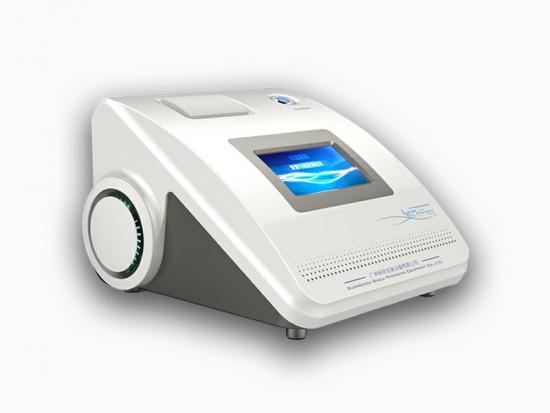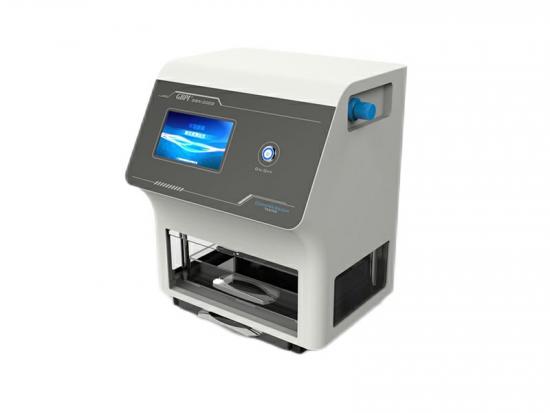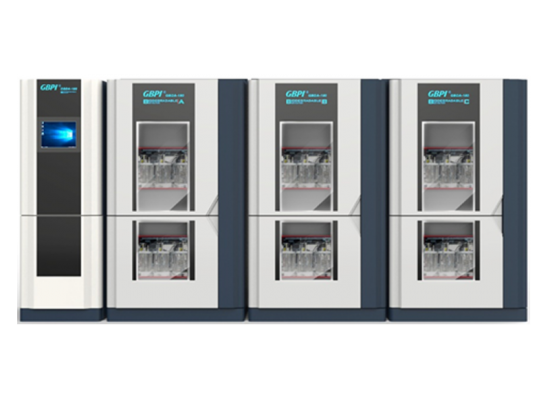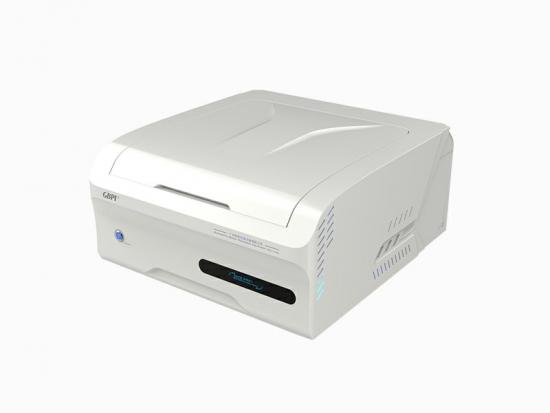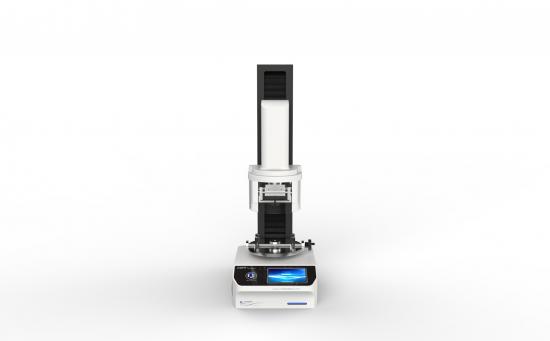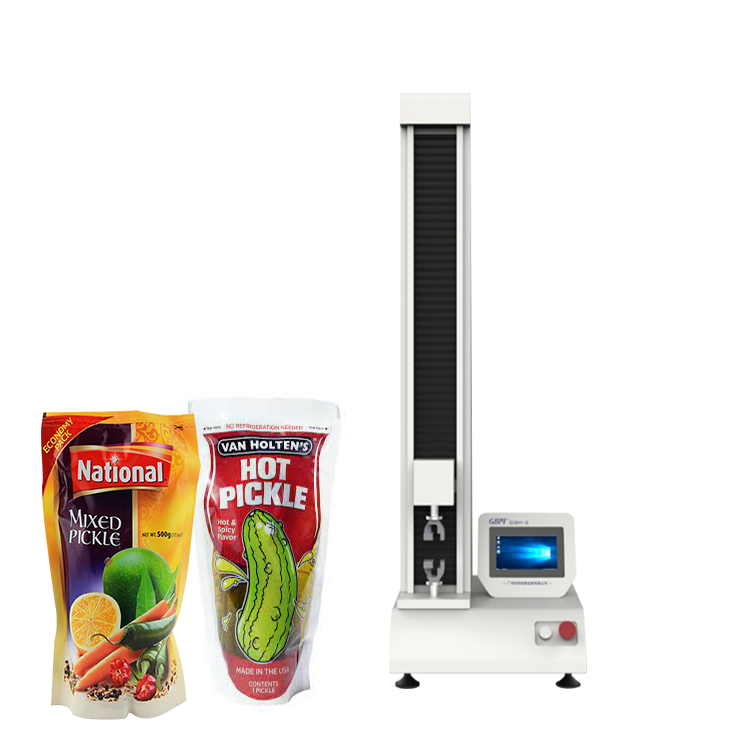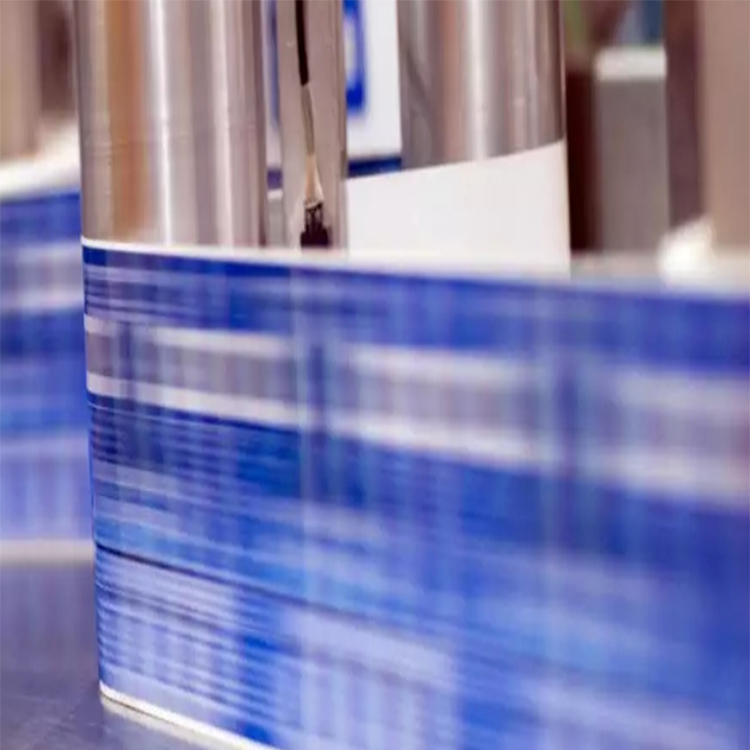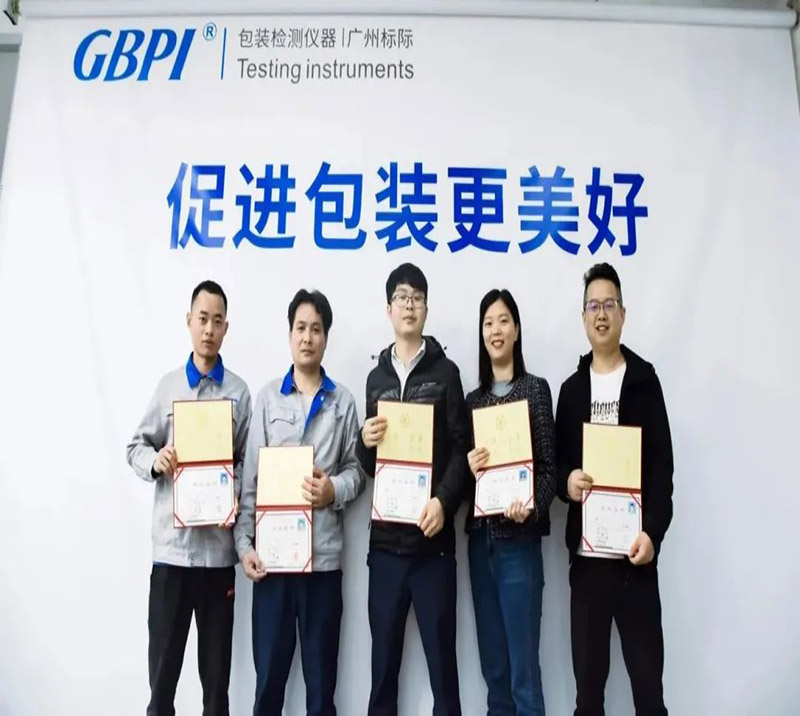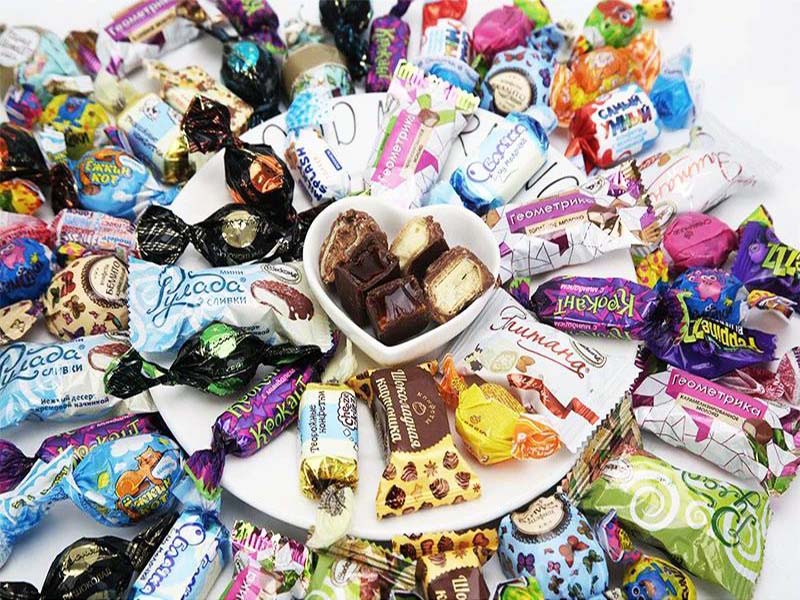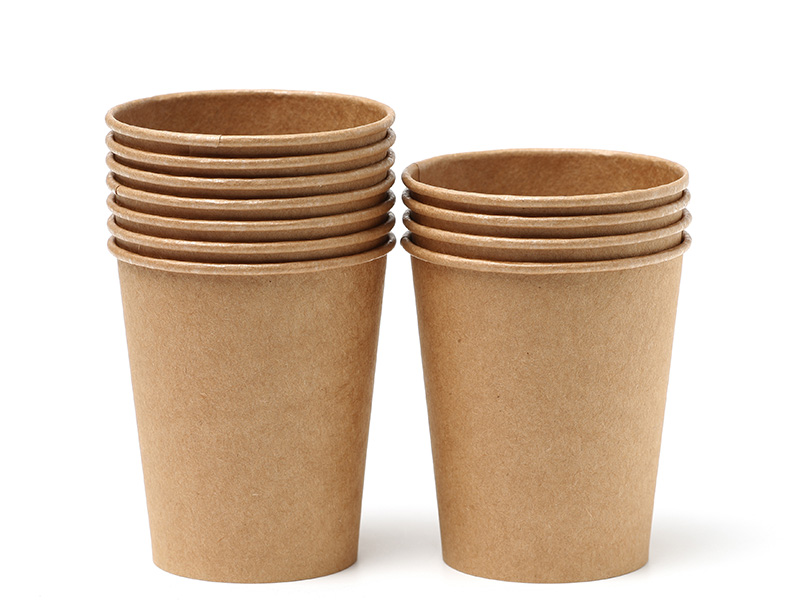Abstract: Peeling force is to evaluate the composite film peeling performance indicators, the size of the value reflects the composition of the composite film monolayer membrane composite fastness. Low peeling force of composite film materials, after making the contents of the bag packaging is prone to delamination phenomenon, resulting in composite film impact resistance, puncture resistance and other physical and mechanical properties and barrier properties decline, affecting the appearance and quality of the product. In this paper, we use the GBH-2 electronic tensile testing machine independently developed by Guangzhou Standard International to carry out the peeling test of composite film for pickles packaging, introduce the test standard, test equipment, test process, etc., and effectively evaluate the anti-interlayer peeling performance of composite film for pickles packaging. Pickled vegetables is a general term for a variety of vegetable products made from vegetables as the main raw materials and using different pickling techniques. According to the process and auxiliary materials, pickles can be divided into soy sauce, salt pickles, soy sauce pickles, sugar pickles, vinegar pickles, sweet and sour pickles, shrimp oil pickles, brine pickles, bad pickles and so on. Due to the unique aroma of sweet and crispy pickles, or salty and spicy pickles, and their nutritional value, they have won the favour of the masses and have become one of the most popular foodstuffs to accompany meals. Bagging is a common packaging form of pickles, the bag material is mainly plastic composite film, aluminium composite film, etc., generally using vacuum packaging form to prevent pickles rancidity. In the actual use of the process, some pickles finished packaging will appear composite film delamination phenomenon. If the adhesive used in the composite film and the ink used in the external printing of the package is of poor quality and not resistant to high temperature or acid or alkali, it is easy to cause the composite film to reduce the composite fastness of each single layer of the film and the composite film is prone to delamination after high-temperature sterilisation or contact with the acid or alkali components in pickles. On the other hand, if the composite film using the adhesive coating amount is too low or too thick, or uneven coating, will also cause the composite film between the layers of film composite fastness is poor, easy to occur delamination. Once the phenomenon of delamination occurs, the bag composite film impact resistance, puncture resistance and other physical and mechanical properties will decline, resulting in easy rupture of the bag, leakage; at the same time will also affect the composite film on the outside world of oxygen barrier properties, resulting in an increase in the amount of oxygen through the packaging contents are prone to deterioration, flavour, and seriously affect the appearance of the product and product quality. Theref...
View More

 info@gbtest.cn
info@gbtest.cn



 en
en ru
ru es
es ar
ar

